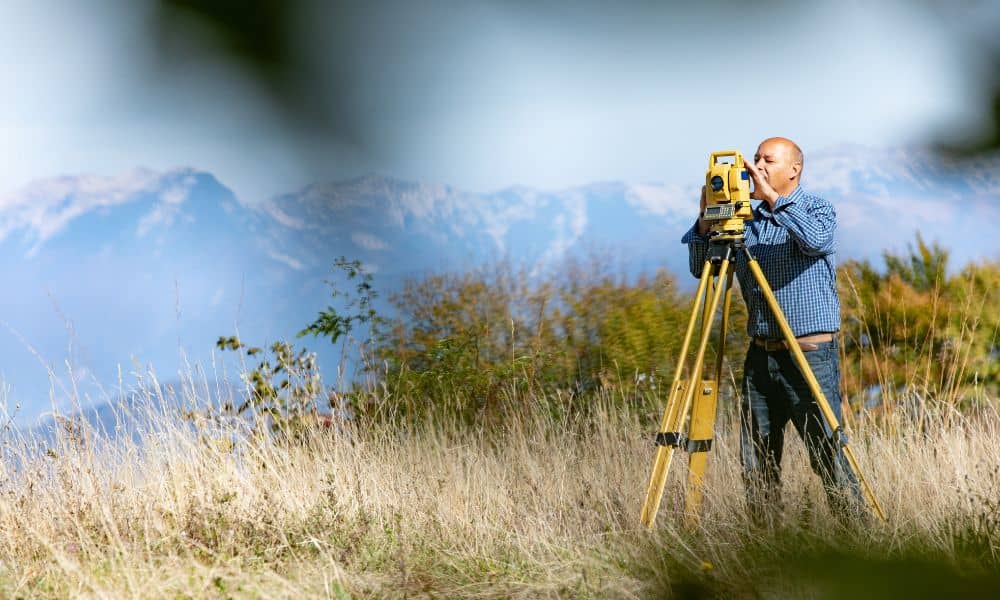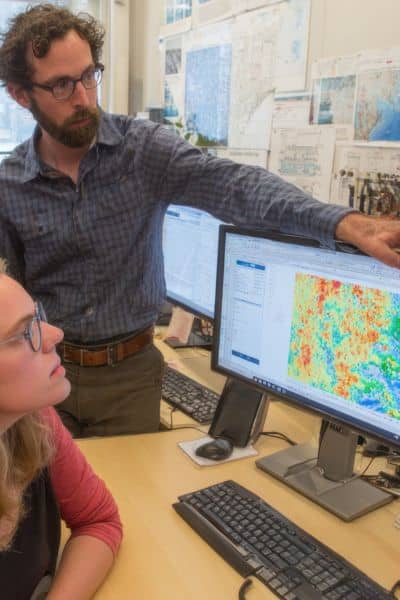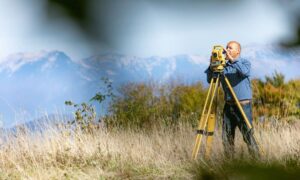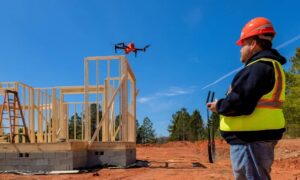
In the world of land surveying, precision is everything. Surveyors depend on GNSS (Global Navigation Satellite System) tools to collect accurate data and verify control points. But what happens when those systems suddenly stop working? That’s exactly what many surveyors faced recently when OPUS, a popular online GNSS processing service, went offline during the U.S. government shutdown.
Across forums like Reddit’s r/Surveying, professionals shared the same story: stalled projects, frustrated clients, and long nights looking for solutions. While outages like this are rare, they can throw entire projects off schedule if you don’t have a plan. The good news is that with the right mindset and a few smart workarounds, you can keep your land surveying workflow moving smoothly—even when GNSS services go down.
Understanding What Happened
OPUS (Online Positioning User Service) is a free service from NOAA that processes static GPS data and returns accurate positions tied to the national coordinate system. It’s part of nearly every surveyor’s daily routine. When OPUS went down, surveyors couldn’t process control points or finalize baselines. For many, that meant waiting days before they could deliver drawings or reports.
The Reddit threads were filled with comments like, “Three jobs on hold waiting for OPUS,” and “Had to switch to AUSPOS just to get the coordinates processed.” It wasn’t just a technical glitch—it was a reminder that even the best tools can fail, and land surveying teams must stay flexible when they do.
Why GNSS Interruptions Matter to Clients Too
You might think these issues only affect surveyors, but they can delay an entire chain of work. Developers, engineers, and homeowners waiting for boundary surveys, site plans, or elevation certificates often depend on those GNSS results.
When systems like OPUS fail, deliverables can slow down. A subdivision project might miss a zoning submission date, or a construction site may need to postpone staking work. For builders, where construction projects are moving fast, even a two-day delay can cause cost overruns and scheduling headaches.
That’s why experienced surveyors don’t just collect data—they build resilience into their workflow. Having a plan for interruptions isn’t optional; it’s part of professional reliability.
Staying Productive When OPUS Is Down
When the OPUS outage hit, surveyors quickly turned to alternatives. Here are some of the methods that kept crews working:
1. AUSPOS (Australia’s Online GPS Processing Service)
This global service can process static GNSS files, giving high-quality results when OPUS is unavailable. It’s free, easy to use, and works well for control points within a few hundred kilometers.
2. NRCAN PPP (Canada’s Precise Point Positioning)
Many North American surveyors rely on this when OPUS goes offline. It processes both static and kinematic data and is known for its accuracy. If your land surveying workflow includes long baselines or larger projects, NRCAN PPP is a solid backup.
3. Commercial Networks (RTX, SmartNet)
Subscription services like RTX and SmartNet provide real-time corrections that don’t rely on OPUS at all. They can be a lifesaver when you need instant solutions for construction staking or topographic mapping.
4. HTDP (Horizontal Time-Dependent Positioning)
Once you have alternate coordinates, you can use HTDP to convert them to the correct datum or reference frame. This step keeps your project data consistent and avoids mismatches later.
Each of these tools helps you maintain accuracy while staying productive. The key is knowing how to use them before an emergency happens.
Communicating Clearly With Clients
When GNSS disruptions occur, clients don’t always understand the technical side—they just see a delay. Good communication prevents frustration.
Be upfront. Let them know:
“Our GNSS processing service is temporarily offline, but we’re using alternative systems to maintain your schedule and accuracy.”
Most clients will appreciate the honesty. It shows that your land surveying company has backup plans, not excuses. A short email or call can save your reputation and reinforce trust.
Building Long-Term Resilience in Your Land Surveying Workflow

Outages like OPUS are rare, but they’re not the last. Reliable land surveying companies prepare for these challenges with redundancy and readiness.
Here’s how top professionals future-proof their workflow:
- Keep multiple processing accounts (OPUS, AUSPOS, NRCAN PPP).
- Download and store control data offline so you can reprocess later.
- Train every crew member on backup methods and coordinate transformations.
- Maintain your own local control network so you can continue work independently of online services.
Preparation means you’re never stuck waiting for a government server to come back online.
Why This Matters for Columbus Projects
In Columbus, land development is booming—from residential subdivisions to new industrial parks. Each project relies on fast, accurate surveying to stay on schedule.
When GNSS tools fail, the best surveyors don’t stop working; they adapt. They understand that the city’s infrastructure deadlines, construction permits, and engineering schedules can’t wait. Being ready for outages is part of delivering reliable service to the growing Columbus area.
Final Thoughts
Technology is changing the land surveying industry. Tools like OPUS make work faster, but they also create dependencies. When those systems go offline, the best surveyors stay calm, think ahead, and keep data moving.
The next time you face a GNSS interruption, remember this: clients aren’t hiring you just for your equipment—they’re hiring you for your judgment and readiness. Having alternatives like AUSPOS, NRCAN PPP, or RTX in your toolbox means your projects can stay on track no matter what happens.
In a profession built on accuracy, adaptability is the new skill that keeps you ahead. Whether you’re mapping a new subdivision or setting control for a major build, a resilient land surveying workflow is your strongest foundation.





